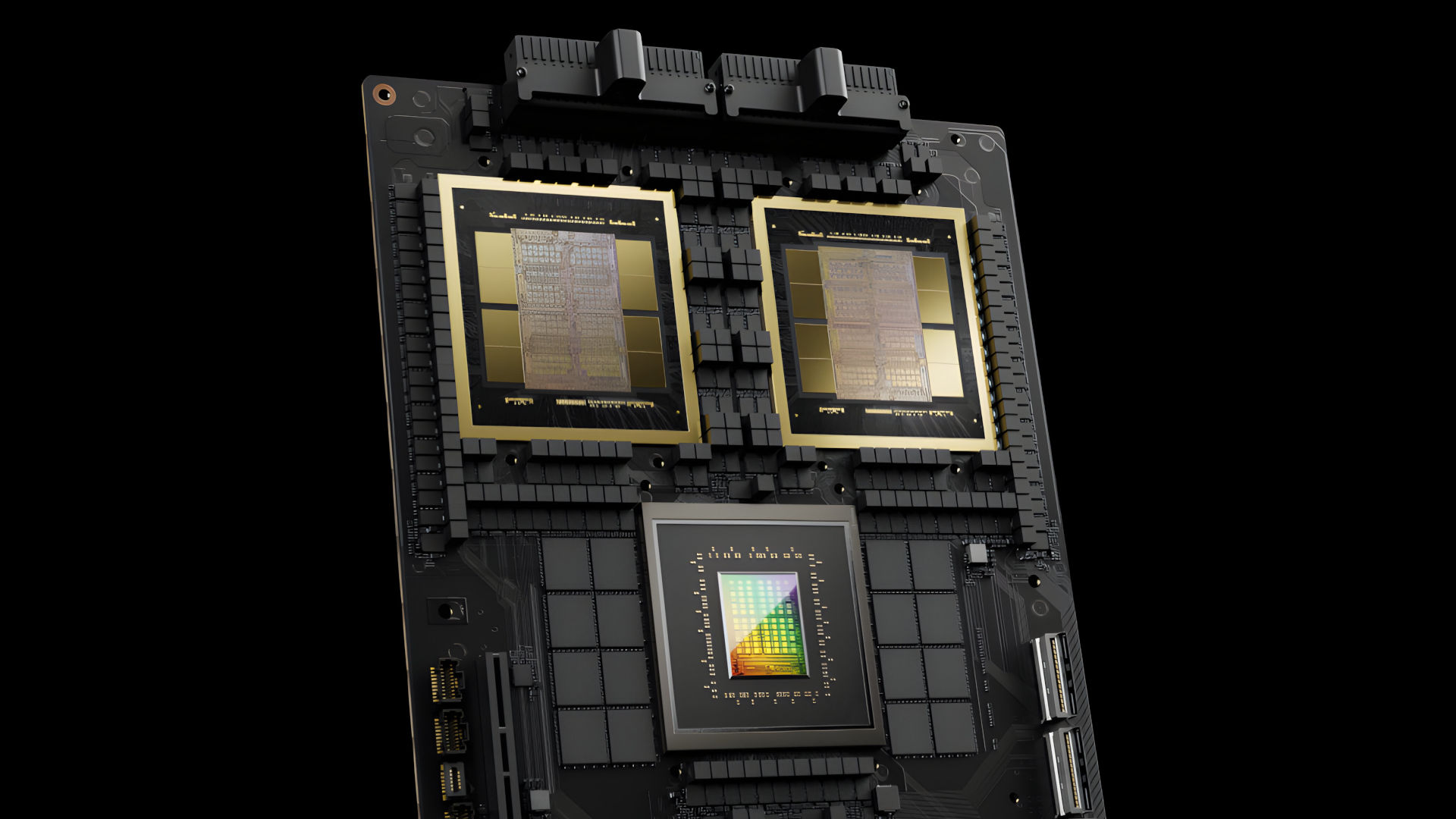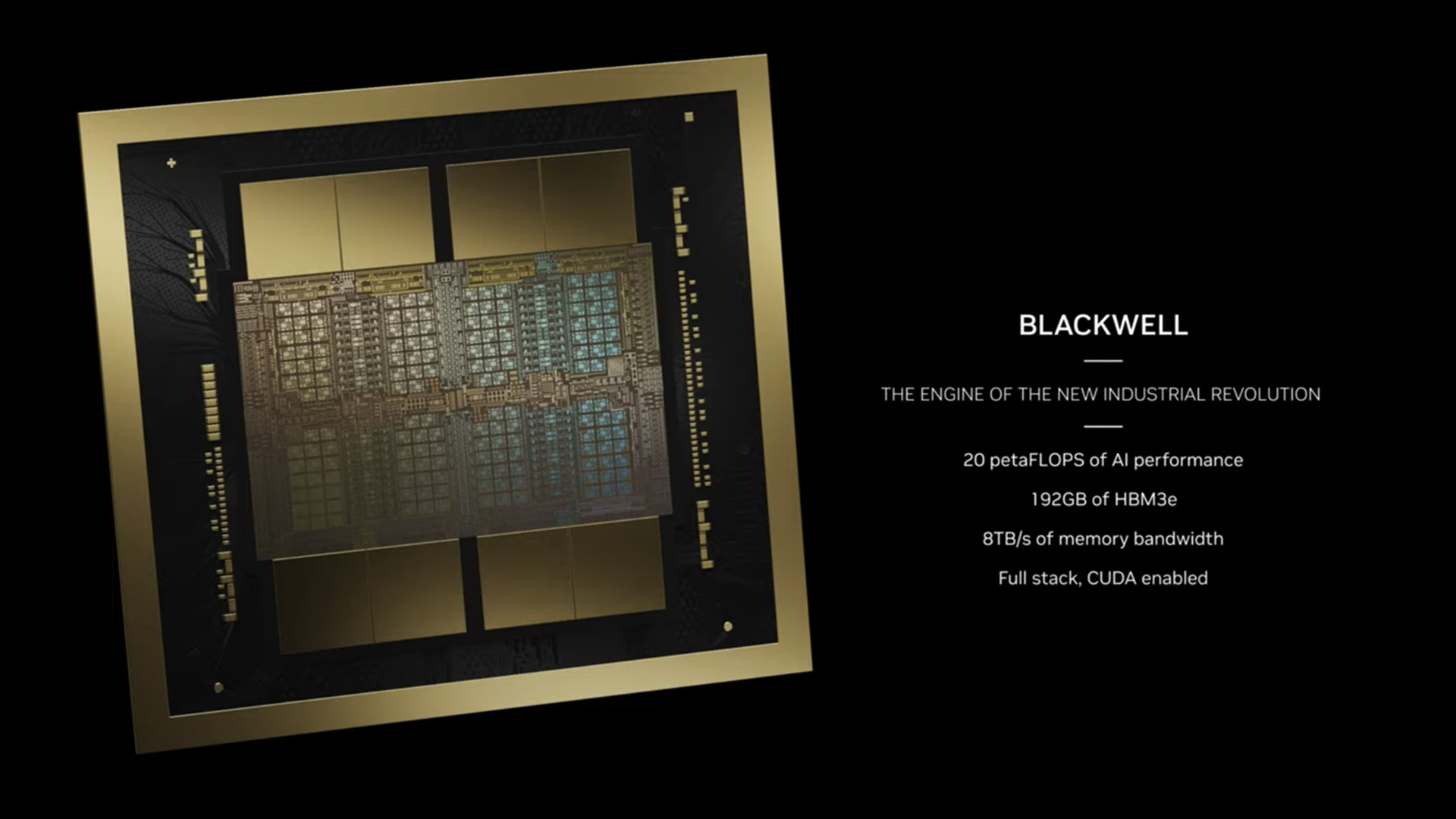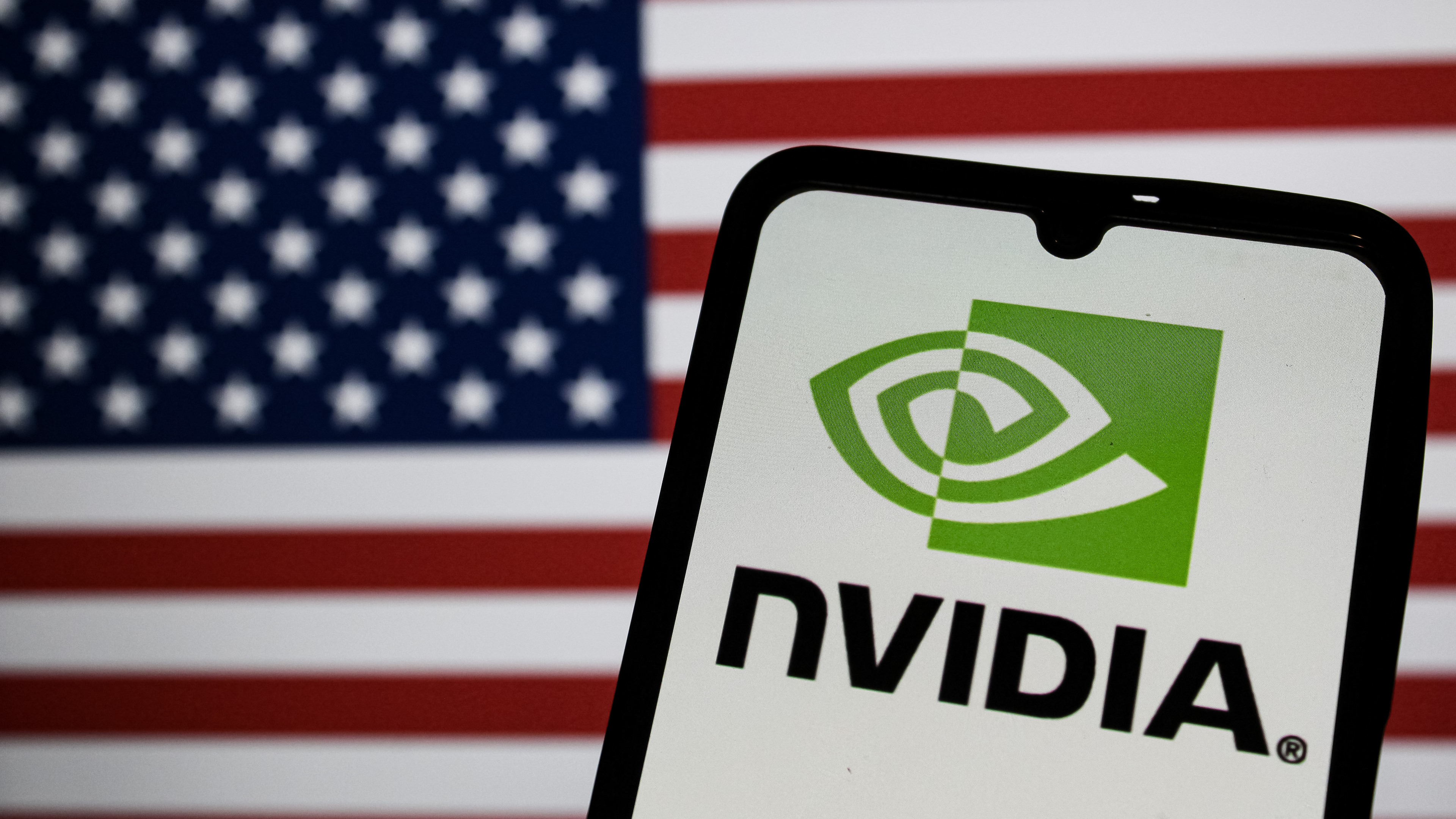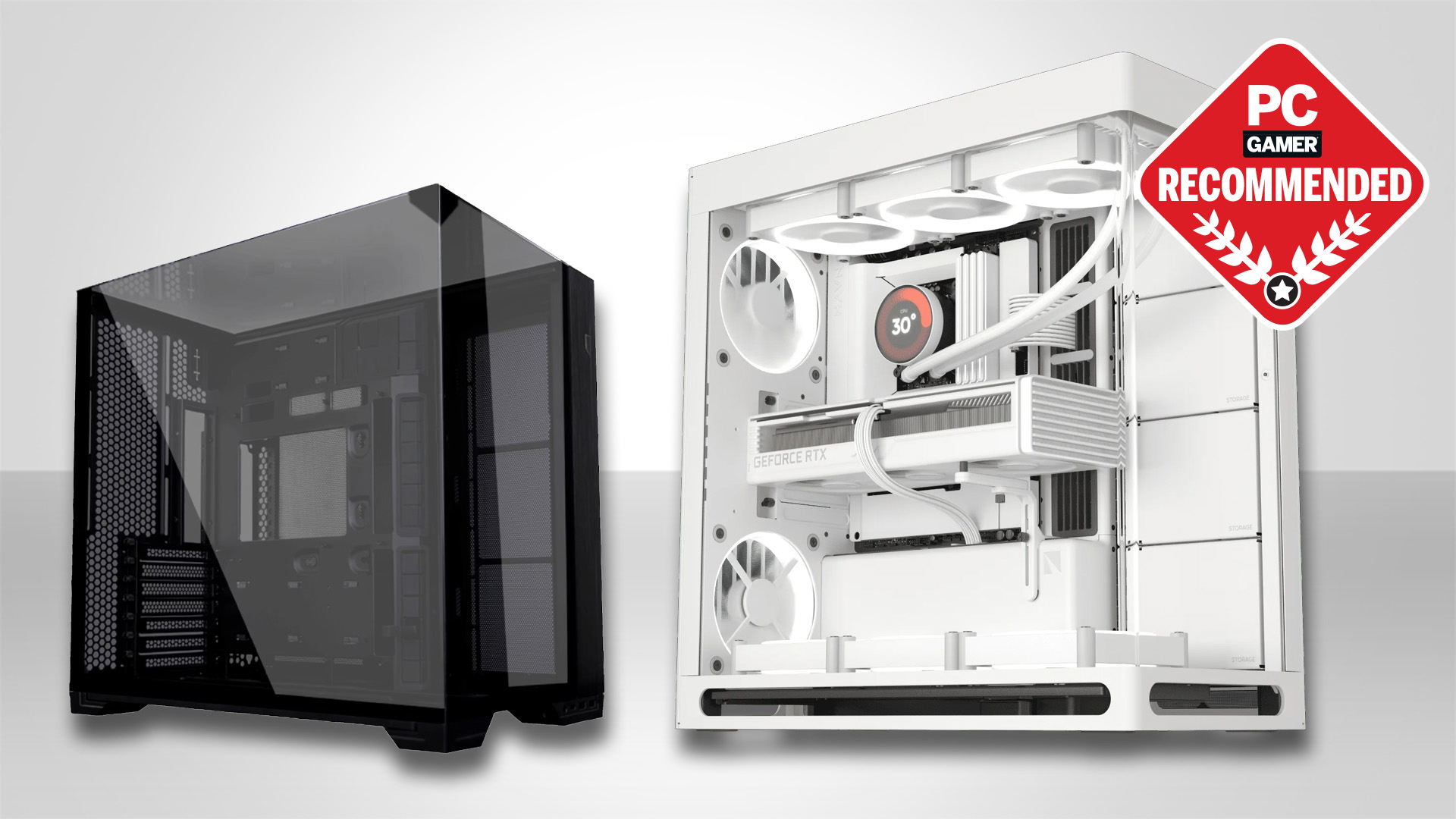A Wall Street Journal investigation claims to have tracked how 2,300 Nvidia Blackwell AI chips made their way to China via an Indonesian telecoms provider
A hop, a skip, and a jump across the ocean.

While there has been a cooling off of the rhetoric surrounding trade relations between the US and China over the past few weeks, after US President Donald Trump and Chinese President Xi Jinping met in South Korea last month, Nvidia's high-end Blackwell GPUs were not part of the discussions.
Existing chip export restrictions preventing Nvidia from selling its top-end hardware to China remain, but The Wall Street Journal claims it has traced how 32 Nvidia GB 200 server racks, containing 2,300 Blackwell chips, made their way to China via an Indonesian company—eventually ending up in the hands of a Chinese AI tech provider.
According to the WSJ, the chips were bought from Nvidia by Silicon Valley-based AI server manufacturer Aivres, which operates under a parent company that is one-third-owned by Inspur, a Chinese company that was added to the US government's trade blacklist in 2023, over claims that it worked on Chinese military supercomputing projects.
Aivres went on to sell the 32 Nvidia GB200 server racks to an Indonesian telecoms company, Indosat Ooredoo Hutchison, the WSJ claims, for around $100 million. According to its sources, Indosat bought the servers after securing Shanghai-based AI startup INF Tech as a client, with Aivres' help.
INF Tech was founded by Professor Qi Yuan, the head of the AI institute at Fudan University. Yuan's representatives were said to be part of the negotiations, although INF is claimed to have ultimately signed the contract for the AI server deal.

The WSJ's sources say the servers were delivered to Chinese shores and installed in October, with their ultimate purpose being the training of AI models for financial applications and scientific research.
Speaking to the outlet, Thea Kindler, former US assistant secretary of commerce for export under the Biden administration, said that a rule created in the last days of its tenure, designed to tighten controls over the sale of advanced US chips to China, would have given the US a chance to scrutinize customers buying chips, not just the exporter.
Keep up to date with the most important stories and the best deals, as picked by the PC Gamer team.
However, the Trump administration later said it wouldn't enforce the rule, which means "the [US] government is pushing it on the companies to do their own due diligence."
Lawyers familiar with export controls told the WSJ that the arrangement comports with current US export restrictions.
The Wall Street Journal says that it reached out to Aivres for comment, but the company did not respond. A spokesperson for Nvidia, however, told the WSJ that the company's compliance team evaluates its partners before they receive Nvidia products, and gave the following statement:

"We support the Trump administration's vision to secure US AI leadership and create American jobs. The Biden controls cost taxpayers tens of billions, crippled innovation, and ceded ground to foreign rivals."
For INF's part, the company told the WSJ that it doesn't do any research with military applications and complies with US export controls, while Indosat chief executive Vikram Sinha said:
"Any customer which is outside Indonesia goes through the same regulation, whether it is a US company or a China company. If it clears all the regulations, we support it."

Best graphics card 2025
All our current recommendations







Andy built his first gaming PC at the tender age of 12, when IDE cables were a thing and high resolution wasn't—and he hasn't stopped since. Now working as a hardware writer for PC Gamer, Andy spends his time jumping around the world attending product launches and trade shows, all the while reviewing every bit of PC gaming hardware he can get his hands on. You name it, if it's interesting hardware he'll write words about it, with opinions and everything.
You must confirm your public display name before commenting
Please logout and then login again, you will then be prompted to enter your display name.

